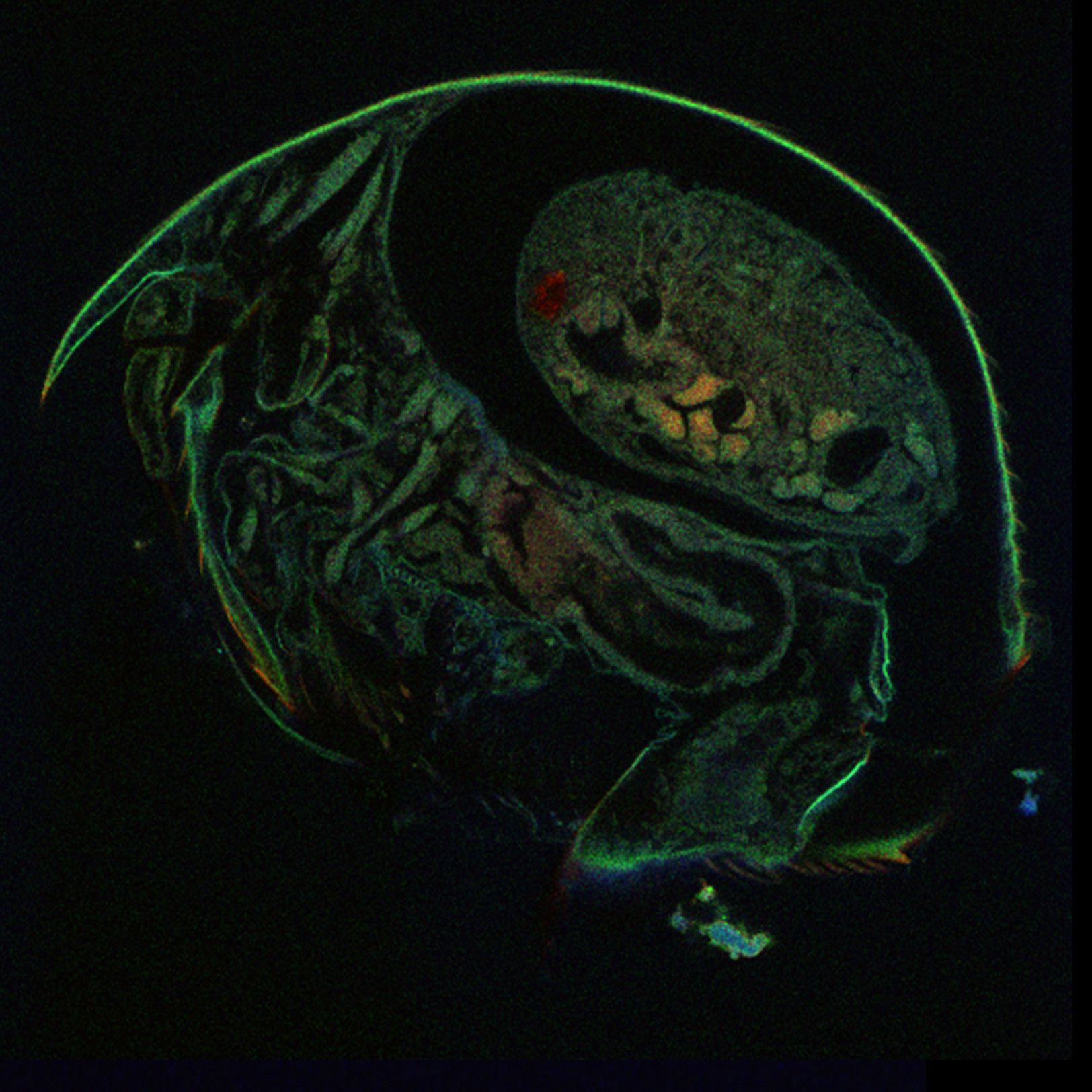Anatomy and evolution of arthropods
The evolution of a hard outer skeleton composed of multiple elements that can be moved relative to each other seems to be a keystone for the enormous success of arthropods. Arthropods show a stunning diversity both in terms of species richness as well as in morphological variety. Species belonging to the group Arthropoda can be found in nearly all habitats on earth, from the deepest parts of the ocean to deserts and rain forests. In our lab we use a wide spectrum of anatomical techniques to study the effects of body structure on the evolution and ecology of arthropods.
Evolution of cephalic structures in Coleoptera
Coleoptera (beetles) is the largest (~ 400000 spp.) order of the megadiverse Holometabola insect group, its representatives are highly diverse regarding their ecology and morphology. Beetles have managed to colonize almost all types of environment on our planet. Head structures and the feeding apparatus have certainly played one of the crucial roles in this extreme diversification, as they determine the biology and ecology of the species. Saprophagy is a groundplan feature of beetles, and the mouthparts have been adjusted to carnivory, mycophagy, phytophagy, as well as a variety of specialized feeding preferences multiple times.
As part of this project, through comparative morphological and anatomical studies of structures involved with processing food, of both adults and immature stages of beetles with different habits and microhabitats, we are constantly widening our knowledge of the head morphology of important groups of Coleoptera in order to solve evolutionary issues related with the change of feeding preferences.
Anatomy of the smallest free-living crustaceans (Cladocera, Branchiopoda)
Body size, is one of the crucial characteristics of animals, and therefore has distinct effects on their morphology, physiology and bionomics. Extremely small body size of some invertebrates, comparable with dimensions of most unicellular organisms can lead to major transformations such as renunciation of certain physiological functions and organ reductions that seemingly contradict fundamental biological principles. Miniaturization (body size reduction), being one of the most important evolution trends in Arthropoda, has majorly contributed to the evolutionary success of arthropods, allowing them to inhabit all sorts of environments and niches. In some groups size diminution reached thousands of times, therefore serious rearrangement of all organ systems had to occur. Despite the fact that recently there has been a raise of interest towards miniaturization in Arthropoda, there is not much known about the impact of this trend on crustaceans, a large and uniquely diverse lineage of arthropods with a plethora of various forms and life habits and a wide range of body sizes.
The goal of this project is a first detailed investigation of the anatomy of minute free-living crustaceans. It is supposed not only to shed light on the organization, biology and development of the tiny cladocerans, but also lead to important new insights in evolutionary processes linked with size reduction, a phenomenon that has obviously played a very important role in the diversification of the extremely diverse Arthropoda.




